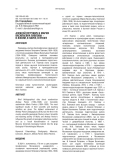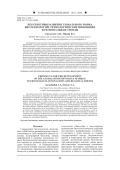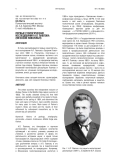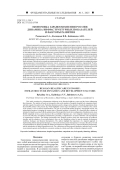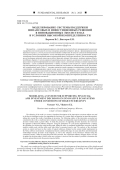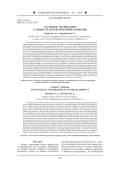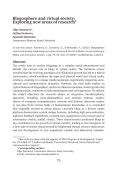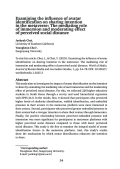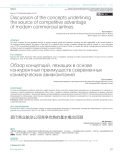The article aims to outline bloggings as a complex social phenomenon and identify the current role of blogs in virtual reality. The literature review revealed that the evolving paradigm of civilizational growth has led to a hybrid environment, which combines the aspects of physical world and virtual reality artefacts, resulting in a unique media landscape, significantly impacting sociocultural and communicative dynamics. However, the field lacks studies on typical features of blogosphere, such as its inherent openness, fostering informal communication, intention to both monetization and self-expression. To address the study’s objectives the research adopts an integrative interdisciplinary approach, including socio-philosophical and semiotic cultural studies, theory of computer communication, network and Internet discourse studies to use data from various fields of humanitarian knowledge. It is concluded that originally created as online diaries, currently blogs as a diverse media platform demonstrate several unique features, including high personalization, audience feedback capabilities, constant user engagement with various types of information (verbal, audial, visual). These characteristics positioned blogs as key contributors to the growth of virtual sociality, leading to the emergence of a new type of society characterized by heightened human sensory experiences and the development of new empathetic models and behavioral attitudes. A notable sign of these changes is that the audience’s attention has shifted from professional media institutions to individual bloggers, who are increasingly adopting media-like behaviors. The current research adopts an interdisciplinary approach, merging socio-philosophical and semiotic cultural studies, as well as with theory of computer communication, network and Internet discourse studies. It also employs methods of Internet linguistics and the principles of pragmalinguistics; the axiological method helps to identify value-based sociocultural guidelines within the framework of globalization.
